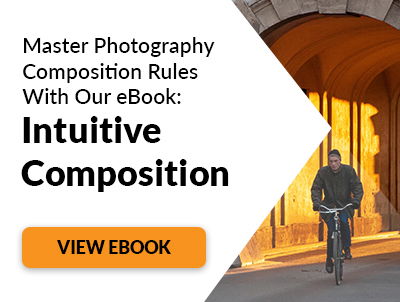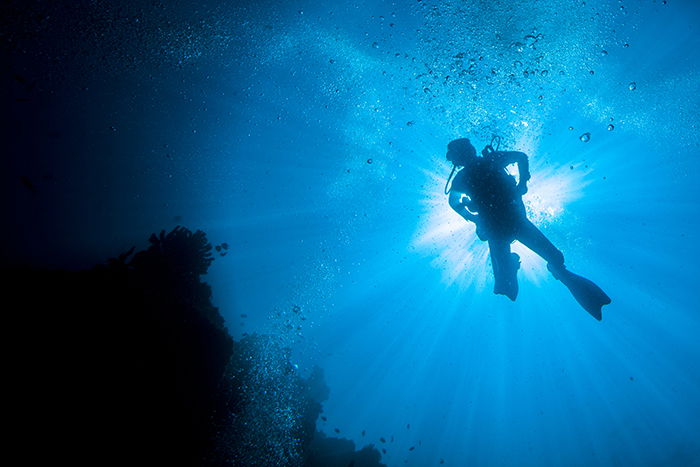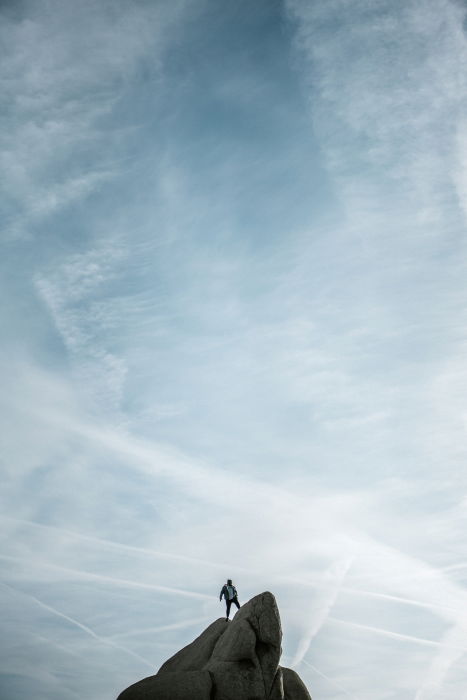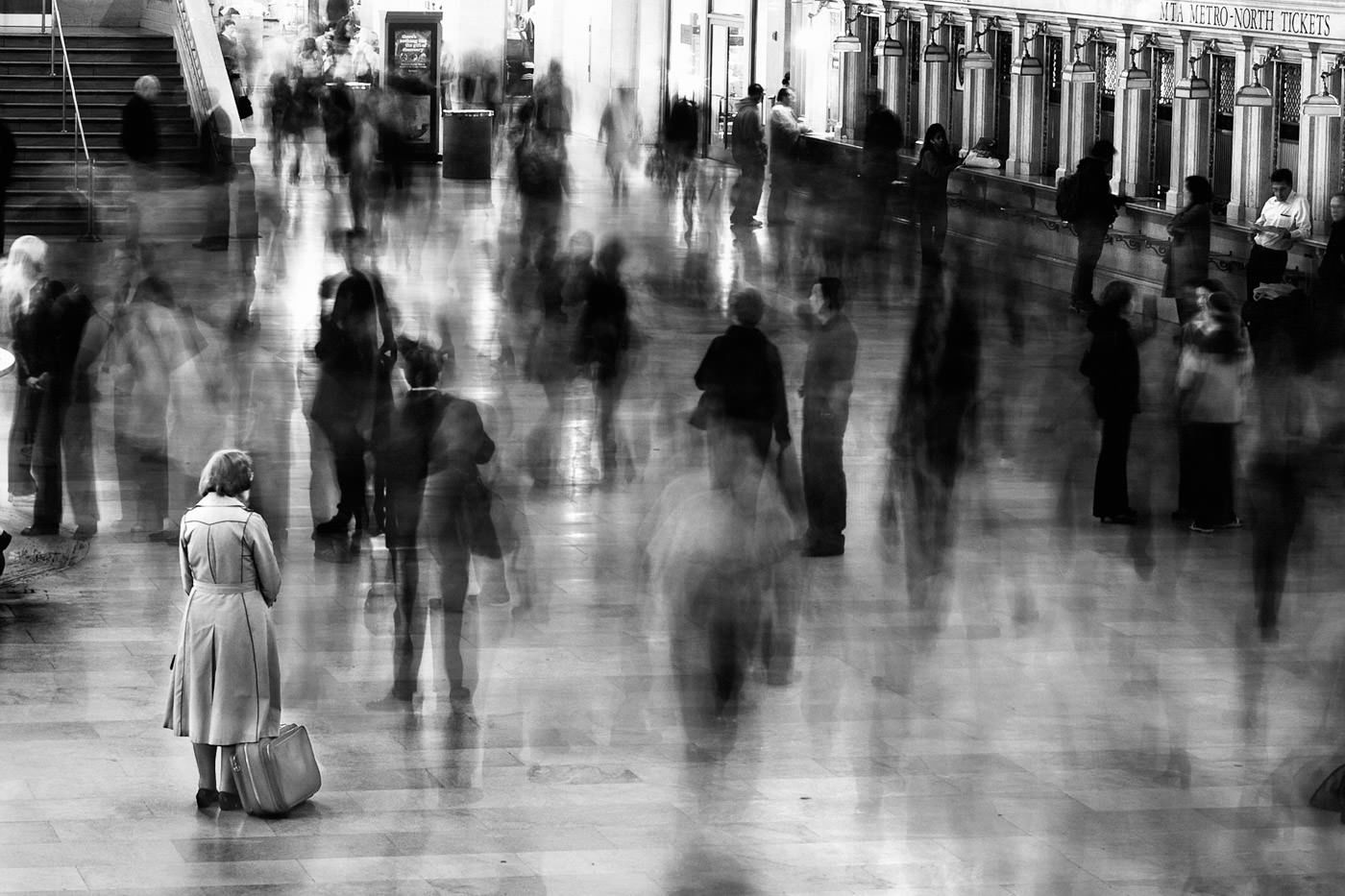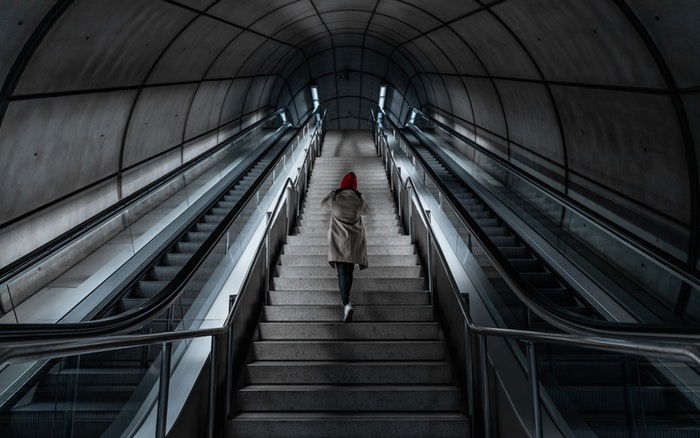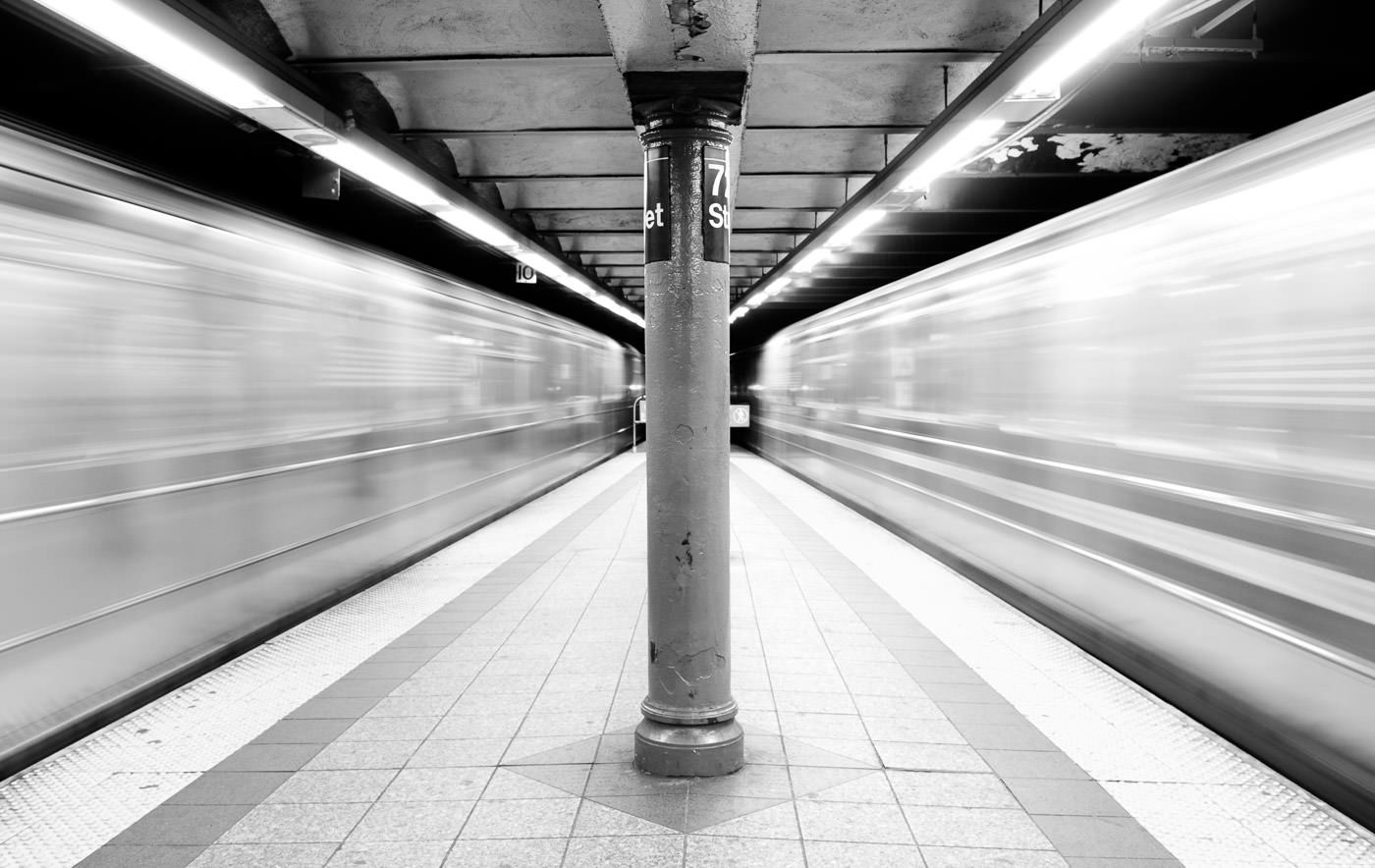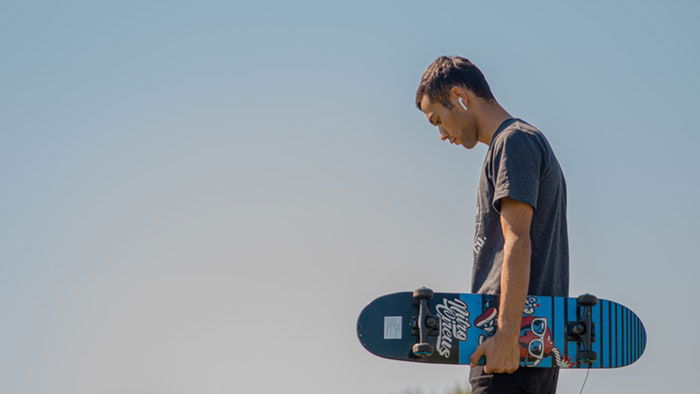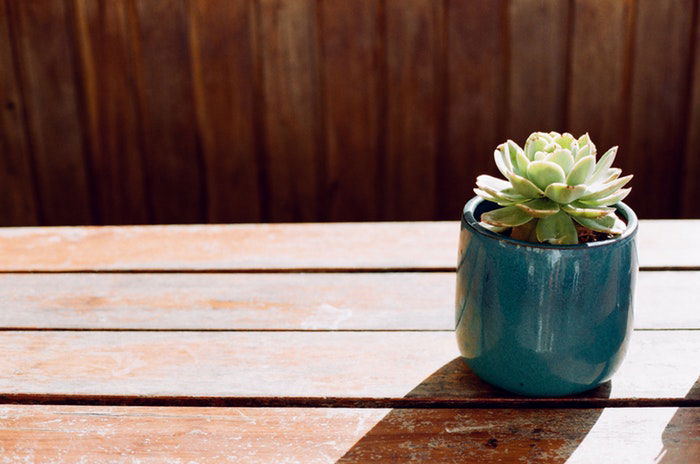This photography technique should not be overused. But when used well, it can help to create an image that draws attention.
What Is Negative Space in Photography?
You can find examples of negative space in art, architecture, music, and design. The principles remain the same regardless of the medium. So, what does negative space photography mean? It refers to the space around the main subject in your photo. It creates the right relationship between the focus point and the background. Positive space refers to the primary subjects of a photograph. Positive and negative space can dance together in a variety of compositions to create the right effect.
Negative Space Compositions
With any photography composition technique, negative space can come into play. Negative space will allow you to create an image that will feel dramatic. It will attract a viewer to it and then lead their eyes towards the smaller area of positive space. Negative spaces should take up more of the image than the positive space. It has the effect of making us notice and inspect the main subject even more. Why is negative space important? The contrast in size makes us even more curious about the main subject. As a result, viewers will take more time to look at it. In a way, the smaller the subject in the positive space is, the more noticeable it will become. A common misconception is if you use negative space, the image only has one main subject. In fact, you can have two main subjects or even more. It does get more challenging to use negative space photography once the main subjects take up more and more of the frame.
Effect of Negative Space
The psychology behind negative space in photography is usually to create quiet images. The size difference between the main subject and the surrounding area can make the main subject feel isolated. This can add feelings of loneliness, solitude, relaxation, contemplation, or even importance. It depends on the subject matter of the photograph.
Does a Negative Space Have to be Empty?
Negative space is thought of as an image with a lot of empty space. Large plain areas of an image such as sky, grass, or water, for example. While this is how negative space is most often used, this is not the only way. The negative space in an image does not have to be a blank area or white space. Things can be in the negative space area, but they should never be the main subjects. A negative space image occurs when the areas surrounding the subject are peripheral. They almost blend into the background. This causes you to focus even more on the subject. The objects or patterns in the negative space are there, but they don’t draw your attention at first glance. Instead, they push your eyes to the area of positive space first. Often this can be achieved with a consistency of the subjects in the background area. This will give them that feeling of receding in relationship to the focus subject.
What Is Positive and Negative Space in Photography?
An image without negative space will not have an area that recedes. Subjects occur throughout the image that will draw your attention. Your eyes will not stop bouncing between them, like in the image below. It can help to think of how the photo composition will cause a viewer’s eyes to move throughout the scene. Think about how negative space affects the motion of the eyes. The eyes will notice the negative space from afar. This will pull their eyes toward the main subject. It can be aided by other elements of composition, such as leading lines. Once the viewer finishes inspecting the main subjects, their eyes will wander back through the negative spaces. An image that takes advantage of negative space will not give the eyes a background subject to lock onto. The eyes will immediately be drawn to the main subject. In a way, through the use of negative space, the viewer’s eyes are led. This can result in more complex images or images that feel busy.
How to Use Negative Space in Photography
There aren’t too many specific rules or steps for using negative space in photography. You will learn to use it intuitively by composing shots over and over again. When you see your main subject, slow yourself down and look at the area surrounding it. Move around the subject to see if you can frame it with negative space. Look for points of view that isolate the subject through contrast with its surroundings. Sometimes getting closer will help you to fill the frame with an interesting pattern or area. Other times, moving backwards will help to make the subject smaller in the frame. This will help it stand out much more in relation to the negative space. Newer photographers tend to lock their eyes onto the main subject. This is a mistake. As you develop your composition skills, you will begin to pay attention to both the main subject and the background.
Conclusion
You should think about negative space when photographing. But it’s not something that you should always search for. Keep your mind open to moments where it can occur. Let yourself find the situations where it’s there and suits your photo. Keep practising; negative and empty space is all around. The more photographs you compose, the better you’ll get at recognising and using it. If you want to refine your photography skills further, try our Photography Unlocked course!

